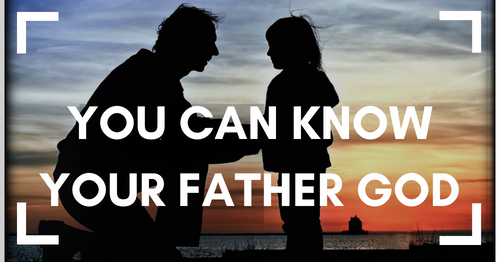Surprised by Christ in the Pages of Literature
Because I teach writing and write novels, one-third of the emphasis in my PhD studies has been the “aesthetics of the novel.” As part of my exam prep, I have spent the past eighteen months reading a ten-page-long list of classic books. One of the great surprises has been finding Christ, Christian characters, and/or Christian theology in unexpected places. People have been asking to know my favorites, so here’s an annotated list in “alpha” order by author.
John Bunyan, The Pilgrim’s Progress. This one’s overt—an allegory of the Christian life with a protagonist named (what else?) Christian. It is for good reason this one has endured.
Fanny Burney, Camilla. This thousand-page tome written in 1796 explores the social and moral challenges of the young daughters of a country parson on their way to the altar. Lots of truth tucked in here.
Willa Cather, Death Comes for the Archbishop. Cather is a new favorite for me. “Death Comes” is a work of historical fiction set in the days of the New Mexico missions. It includes phrases like, “…the Cross that took away indignity from suffering and made pain and poverty a means of fellowship with Christ.”
Willa Cather, My Ántonia. This book is now on my list of top five, best-ever novels. It’s set in Nebraska in the late 19th century and it follows the life of a spirited young daughter of an immigrant family seeking to tame a plot of prairie land. Tucked into the story are plenty of biblical allusions like, “The whole prairie was like the bush that burned with fire and was not consumed.”
Daniel DeFoe, Moll Flanders. The full title of Moll Flanders, written in 1721, summarizes the plot: “The Fortunes and Misfortunes of the Famous Moll Flanders, Etc. Who was born in Newgate, and during a life of continu’d Variety for Threescore Years, besides her Childhood, was Twelve Year a Whore, five times a Wife (whereof once to her own brother), Twelve Year a Thief, Eight Year a Transported Felon in Virginia, at last grew Rich, liv’d Honest and died a Penitent. Written from her own Memorandums.” Even in her repentant state, Flanders is a bit of an opportunist. But repent she does. And the reader sees the gospel of grace and transformation through the story of this one woman’s crazy life.
Daniel DeFoe, Robinson Crusoe. Unlike in the Hollywood version starring Tom Hanks, the first-published-in-1719 print version of the story has Crusoe coming to faith in Christ after engaging in the slave trade. The reader sees the gospel and its power.
Charles Dickens, Tale of Two Cities. While Dickens’s famous book is about two cities, it’s also about two men who ultimately understand “agape” love and substitutionary atonement.
Fyodor Dostoevsky, Crime and Punishment. Can Jesus save a murderer? He does it with Moses, he does it with David, and he does it with the main character in Dostoevsky’s great classic.
Fyodor Dostoevsky, The Brothers Karamazov. Dostoevsky’s masterpiece could be subtitled, “The Amazing Grace of Christ.” This book makes my top three.
Alexander Dumas. The Count of Monte Cristo. For those who struggle to forgive, Dumas has a warning story. It’ll make you think twice about taking your own revenge. Unlike the movie. A great companion to Romans 12:19.
George Elliot, Middlemarch. Elliot’s book is wordier than what publishers would allow today, but it’s worth persevering for the gems. The last paragraph, which really summarizes what the plot has shown, is my all-time favorite ending to a novel: “The growing good of the world is partly dependent on unhistoric acts; and that things are not so ill with you and me as they might have been, is half owing to the number who lived faithfully a hidden life, and rest in unvisited tombs.”
Hamlin Garland, Main-Travelled Roads. Published in 1891. In this group of Garland’s short stories, all the narratives have rural settings and focus on the difficulties of farming. The first part of his work “Under the Lion’s Paw” provides a wonderful picture of what true religion looks like.
Victor Hugo, Les Miserables. If you saw the movie and didn’t read the book, you missed some great theology about grace, forgiveness, and turning the other cheek.
Bruce Longenecker. The Lost Letters of Pergamum. This isn’t a classic, but it was on my list because I’m also focused on first-century backgrounds. The ending left me weeping. The Lost Letters provides a wonderful glimpse of life in the honor-shame culture in which Jesus and the apostles lived. A good companion piece to a study of the Seven Churches of Revelation.
We’re only to the L’s, so you get an idea of how many great works include the Truth in some form. Come back in two weeks for the rest of my picks covering Malamud through Wallace. Meanwhile, you have plenty to keep you busy, recommend to friends, and/or give as gifts.



One Comment
Sue Bohlin
When Sandra Glahn says. . .
When YOU use phrases like "best-ever," "all time" and "top three," wise people sit up and pay attention! Thank you so much for this, Sandi, and I can't wait for Part Two!